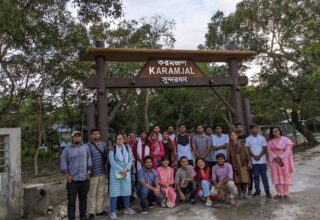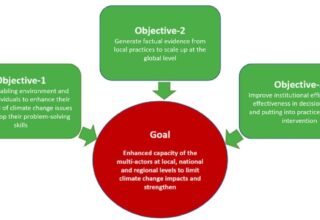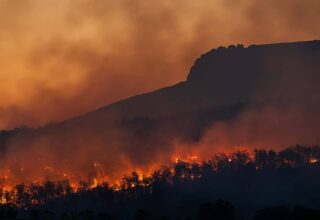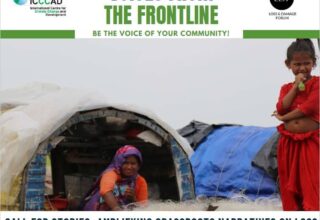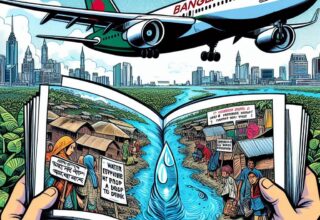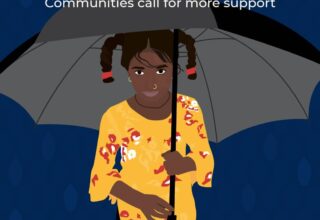Local Leadership: Why does it matter?
Local leadership is the key to implement and succeed any development measures at ground level, and understanding the lived experience of the community. A local leader can be an individual or a local institution; well-recognized, socially accepted, and regarded by the local community. It is expected that the person or the entity would work for the community dedicatedly and transparently, and possess the ability and experience to engage and influence the community “to do something better” collectively. Local leaders are to be the ‘change makers’ for the communities, and their activities should be exemplary for generations to follow.
“A local leader can be an individual or a local institution; well-recognized, socially accepted, and regarded by the local community”
However, at the individual level, there remain challenges in electing the local leader as it can be politically, economically, and socially influenced. To avoid this, there needs to be a non-biased, proper intra-representation at the local level in choosing the ‘Local Leader’ because “not everyone can be a good leader, but a good leader can come from anywhere.”
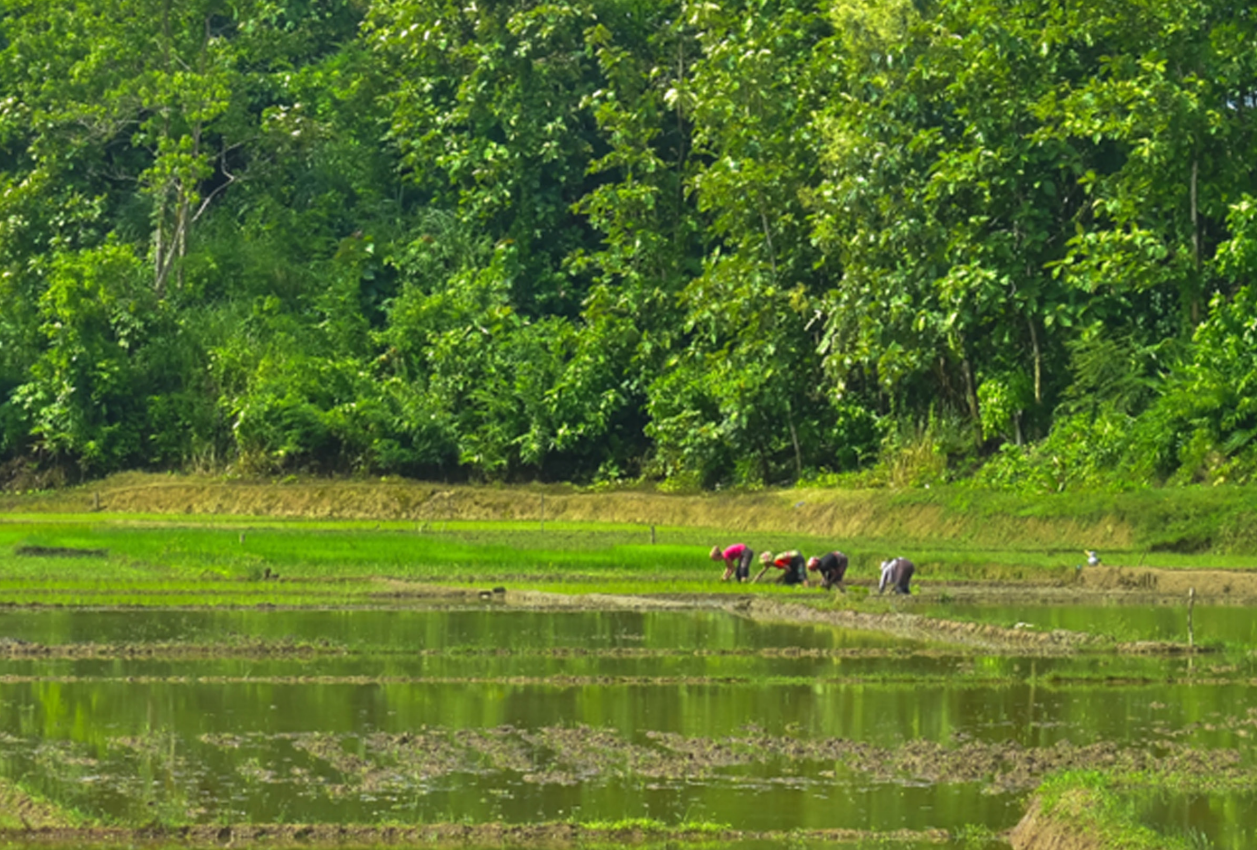
In this article, we focused on the importance of local leadership and good governance in natural resource management. We tried to highlight a locally-led natural resource conservation practice from the remote parts of the Chittagong Hill Tracts (CHT) region. The ancestral practice is known as Village Common Forest (VCFs), a traditional way of conserving the forest by the indigenous communities. Our study, supported by the Swedish International Development Cooperation Agency (SIDA), tried to explore the traditional management system of VCFs and the existing challenges that prevail in the conservation efforts.
“In this article, we focused on the importance of local leadership and good governance in natural resource management”
Local Leadership in Natural Resource Management
There are a significant number of cases around the world, where local communities under proper leadership and guidance have been managing natural resources competently. For instance, local leadership helped to resolve conflicts over natural resources through equal distribution of resources and services in the Okongo community from Namibia. Another study from Eastern Serbia found efficient leadership enhancing the ‘quality of living’ of the local community, as well as ensuring sustainable forest resource management. Again, the local community leaders of the Miao people from China restricted the abuses of decentralizing policies by the local bureaucrats and traders and maintained the traditional ways of forest conservation. Likewise, a significant number of indigenous communities residing in the CHT region are greatly dependent on, and are actively engaged in Village Common Forest (VCF) practice; a sustainable forest management model opined by different experts and scholars of the environment and climate change arena.
The Village Common Forests (VCF’s)
The genesis of Village Common Forests (VCFs) dates back to the colonial era when the local indigenous communities residing in CHT, Bangladesh, lost their accessibility to forest resources. Almost four-fifths of the forest land was declared as reserved forests (RF) by the authority in the early 1900s. This exclusion and top-down approach to forest management failed to conserve forest resources in the long run, resulting in a conflict of interest between local communities and the forest department. As a result, the indigenous people embraced traditional resource management practices to safeguard their remaining scarce forest resources, which are known as Mouza Reserves or Village Common Forests (VCFs).
Maintaining the VCF’s through Local Leadership and Community Engagement
VCFs are the lifeline for many indigenous communities living in remote parts of CHT. VCFs have been protecting the water bodies and ensuring the sustainable flow of water; and fulfilling the environmental, medicinal, cultural, and religious needs of the indigenous people. Besides, multiple studies report that VCFs also create alternative income generation options.
For decades, need-based resource use and sustainable extraction have been practiced in the VCFs to protect natural resources from depletion. Such practice is governed and executed by the local leader also known as the Karbaris. VCFs are established based on customary rules and regulations, serving as compelling illustrations of successful community-based forest management practices. But with growing social, political, and environmental challenges, the unsustainable resource consumption of VCFs is being observed.
“For decades, needbased resource use and sustainable extraction have been practiced in the VCFs to protect natural resources from depletion”
Ensuring Sustainability of VCF’s
The initial findings from our study identify the following reasons to be some of the major challenges that are threatening the existence of the VCFs. VCFs are yet subjected to proper recognition and attribution. The contribution of the local indigenous communities in preserving the forest is yet to be acknowledged legally. Such factors lead to overexploitation of natural resources from the VCFs, and privatizing the forest area for agriculture, horticulture, and plantation is a growing threat.
Secondly, there has been a lack of alternative livelihood options and income-generation opportunities. This is leading to the overexploitation of natural resources. We also observed that the condition of the VCFs vary across the region. This greatly depends on leadership and good governance, which can be a critical factor to assure sustainability.
Finally, the impact of climate change in the form of erratic rainfall, excessive heat, and changes in the seasonal pattern has been affecting the agricultural practices and yield in the region. As a result, the dependency on forest-based resources is also increasing.
However, with proper support from the local legislative authority such challenges can be addressed and reduced. There is a strong need to support the capacity of the local leaders involved in forest conservation activities. Formal recognition of their efforts and involvement of the local communities in safeguarding the forest resources will not only benefit the entire natural ecosystem but also create income generation opportunities. Initiatives like proper monitoring systems with the involvement of the local communities can be a good initiative. In the face of limited access to livelihood, establishing roads and developing the communication system can be considered as a window of opportunities for VCF dependent people. In terms of boosting climate-resilient agricultural practices, extensive research can be undertaken to introduce stress-tolerant varieties of crops that are endemic to the region.
Authors: Savio Rousseau Rozario is leading the Locally Led Adaptation (LLA) program as the Program Coordinator at the International Centre for Climate Change and Development (ICCCAD).
Rawnak Jahan Khan Ranon is working as Research Officer under Locally Led Adaptation (LLA) program at International Centre for Climate Change and Development (ICCCAD).
Mahira Nazniba Rodoshee is a lecturer at the Bangladesh University of Professionals (BUP).

